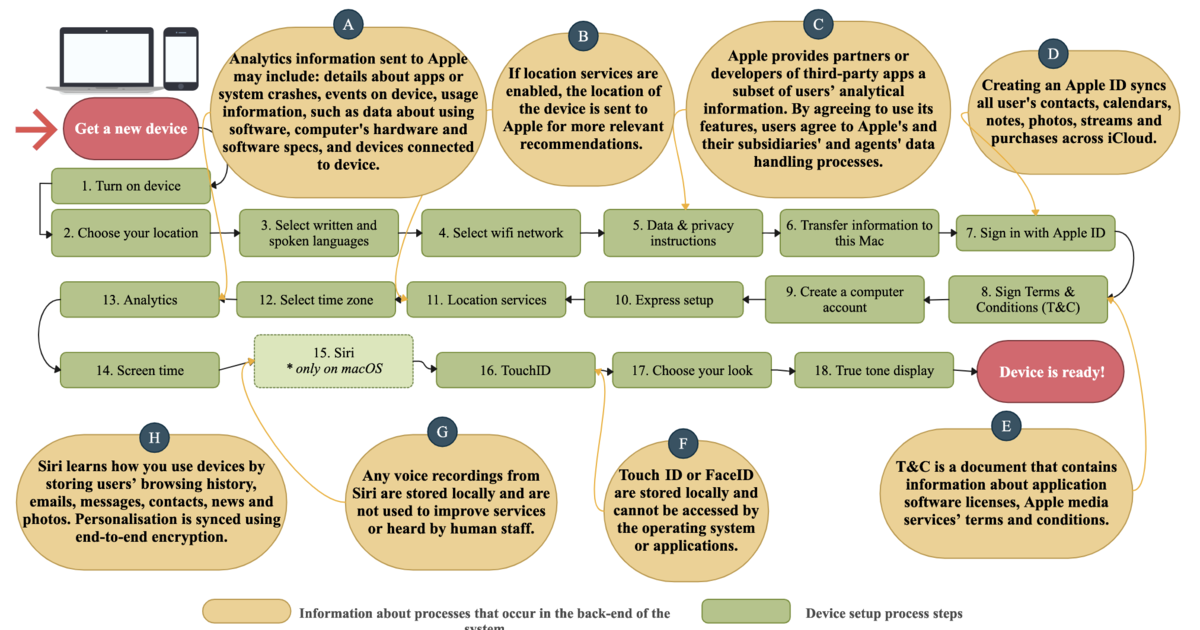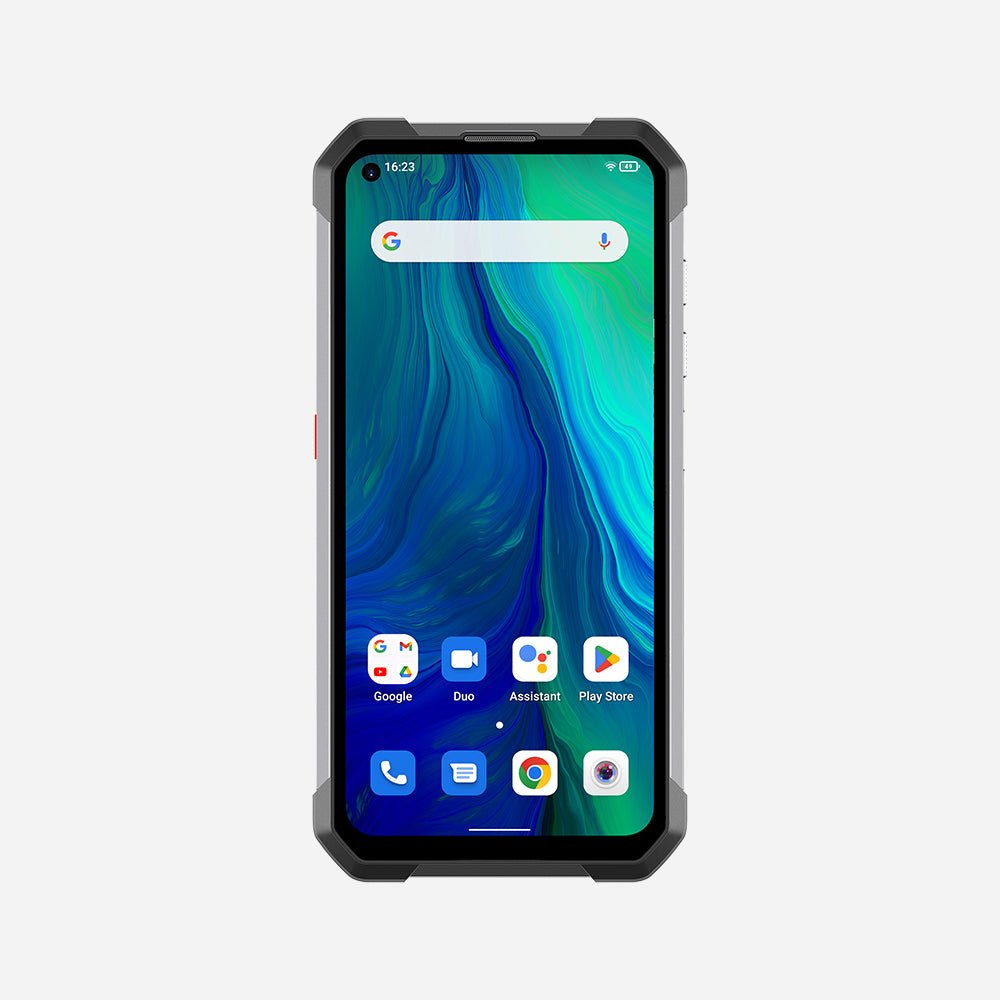- 14 Posts
- 179 Comments
Thanks. I’m pretty sure media downloads can go on an SD card. I don’t expect this user to install many apps, but it is something to keep in mind. My old phone (Android 7) had 32GB and it was enough for me, but Android 12 may burn more space than Android 7 did.
It’s popular enough that they now make a successor version with 5g, that is even less pocketable (thicker). So I still wonder what stops them from going to a bigger screen.

 1·6 months ago
1·6 months agoI thought glass phones were for wireless charging, which I’ve associated with difficult battery replacement, though maybe that is coincidence. I decided against some older Pixel phones because ifixit rated battery replacement as difficult. My old and new Android phones both have plastic backs. Old phone is fairly easy (undo a lot of tiny little screws, replace battery, replace screws). New one is more difficult (heat edge of phone and pry apart) but I think it is not as bad as some. Will see how it goes when the time comes.

 3·6 months ago
3·6 months agoYes, that is the real but unadvertised idea.

 9·6 months ago
9·6 months agohttps://www.gnu.org/help/help.html is kind of unhelpful actually.
The phone that I use right now (Moto G Stylus) is about 15cm wide when I use it in landscape mode. It is perfectly usable that way, except that it is nowhere near tall enough.
Giant phones like 6.9" are not from the past, they are also in the present, like the “pro” versions of the Pixel and Iphone. Why are they almost 7" instead of actually reaching 7"? That’s what I’m trying to understand. I’m very skeptical of the “they didn’t sell well enough” theory, which sounds to me like system justification. It also doesn’t explain why I can’t buy a phone sim and put it into a tablet. So absent concrete evidence, it still sounds to me like carriers are getting in the way of larger phones. I do see though, that the Samsung Z Fold3 foldable has 7.6" diagonal when unfolded, so maybe that refutes the carrier theory.
I think people might be less concerned these days than before about pocketing or handholding the phone, since they use connected wearables like the Apple or Google watch for small screen functions like phone calls.

 4·6 months ago
4·6 months agoI’ve been at a bunch of companies that use those processes and at best they are like weather forecasting. You can figure out what season you are in, and you can predict the activity of the next few days, but beyond that they are imprecise to the point of uselessness. For freelancing you mostly have to have done such projects all-up already, so you know what you are getting into; and have an idea of what code is out there that you can re-use in your project.
Expect to take horrible beatings on schedules multiple times. And be willing to turn away proposals if you’re not comfortable with the timeframes and other issues. As a solo provider there is a limit to how much uncertainty you can absorb.

 10·6 months ago
10·6 months agoI think that refers to present day mainframes, while OP is asking about the behemoths of the 1970s. Those were in tall bays (not sure what they were called), they used high voltage 400 cycle(?) power provided by on site motor generators, and they were water cooled. Planning an installation involved arranging the facilities for all of this. You didn’t just wheel them into an office and turn them on.
I just spent some minutes with web search and it is surprisingly hard to find power consumption figures. Two that I found were:
-
IBM 360/91, a high end scientific mainframe from 1965, used 74KW for 1.9 mips of cpu performance (https://arxiv.org/pdf/1601.07133). This was a big increase in power efficency compared to older machines that used vacuum tubes.
-
Cray-1 supercomputer from 1976 used 250KW, https://www.cpushack.com/2018/05/27/mainframes-and-supercomputers-from-the-beginning-till-today/
Beyond the CPU itself, you generally had a room full of periperhals such as disk drives (they looked like washing machines and a row of them looked like a laundromat), tape drives (old movies often depicted big computers as tape drives spinning back and forth), etc.
The 360 series had an “emergency stop” knob just in case. The one I saw had a sign next to it saying not to pull the knob unless the machine was literally on fire. It seemed that there was some kind of knife blade behind the knob, so when you pulled it, the blade would physically cut through a bundle of wires to make sure that power was disconnected from the machine. You couldn’t simply reset the emergency stop after someone pulled it. You had to call an IBM technician to replace the cable bundle that had been cut through.
The story about IBM technicians was that they always wore tie clips to hold down their neckties. That was to prevent the ties from getting caught in rotating machinery.
-

 31·6 months ago
31·6 months agoOne thing I do is check before buying the phone that battery replacement is not too difficult. Looking on ifixit.com and web search for “battery replacement model XYZ” both find good info about this.
I’ve given up on looking for phones with swappable batteries (they almost don’t exist any more) but a phone where you can do a battery swap with a few simple tools is far better than one where you have to perform delicate microsurgery. Then just accept that batteries are consumables that have to be replaced once in a while.
The fact that we have threads and articles about prolonging battery longevity is a sure sign that the sealed internal battery is a technological failure if the idea is that it should outlast the rest of the phone. The real idea is of course much different.

 13·6 months ago
13·6 months agoNo I don’t think so. There are non pocketable phones out there, like this: https://www.unihertz.com/products/tank
Thanks, I managed to get rid of the photo and also found the post type tab when posting from voyager. Will remember it for next time.

 4·6 months ago
4·6 months agoOnly older phones seem to be supported :(.

 7·6 months ago
7·6 months agoMine is still googled (Moto G Stylus 5g 2023), but I noticed that the Google apps couldn’t be uninstalled and some couldn’t be disabled. So instead of trying to pick and choose, I uninstalled everything I could that came on the phone (mostly bloat crap), and disabled everything I could disable but couldn’t uninstall, pretty much. I haven’t yet looked into rooting this phone. I confess to still using some of the stock apps out of laziness, but want to migrate from those to the extent possible. Except I don’t know of navigation apps as good as google maps. Organic maps is ok so I use it when I can, but I fall back on google maps some of the time. The rest of the google stuff doesn’t seem important. I haven’t used chrome at all, for example.
I figure I have some de-google cred for using Maemo phones for several years, though they are no longer usable due to the 2g/3g mobile networks shutting down.

 7·6 months ago
7·6 months agoI’m sure it’s been tried, but we know by now that anything that is codified gets gamed. You just have to act sensibly, and accept that if a big enough division of opinion on something occurs, the community will fork. That is a natural step of evolution and not something to get upset about.

 142·7 months ago
142·7 months agoPrenda Law anyone? Cautionary tale. You can look it up.
on the bottom right is the text reading, “plus the thousands of free software enthusiasts working tirelessly.”
We don’t work tirelessly. We get tired all the time, but keep at it as well as we can.

 21·7 months ago
21·7 months agoFirefox has a quieting key combo, Alt-Q.

 3·7 months ago
3·7 months agoEpub to text is very easy and Pandoc can do it. I end up using lynx -dump because that’s faster though.

 4·7 months ago
4·7 months agoInkplate 10 is not tiny (10"). I’d prefer larger but it’s a start, and fairly affordable. I might get one sometime.











Thanks. I picked the G Stylus 5g for myself partly because it has NFC, though it turns out that I like the stylus too (it is nice for picking tiny UI elements). This person won’t be using NFC though. Wireless charging would be really helpful for him, but that is only on quite expensive phones from what I can tell. More ram might also help.